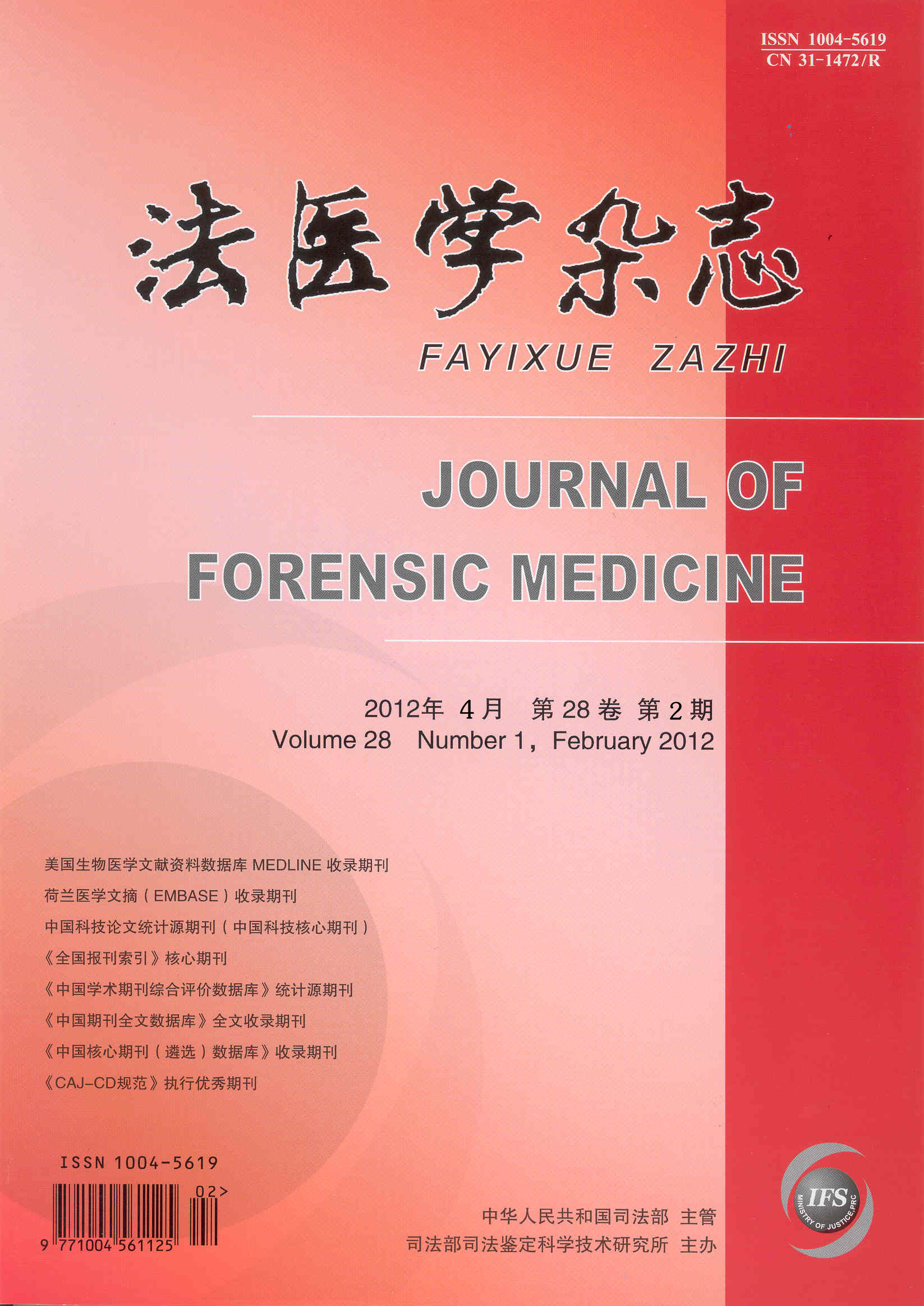|
|
Comparisons among Three Frequency-Specific Auditory Evoked Potentials in Normal Hearing Adults
CHEN FANG, FAN LI-HUA, YANG XIAO-PING, ET AL
2012, 28(2):
100-103.
DOI: 10.3969/j.issn.1004-5619.2012.02.006
Objective To provide supports for the application of auditory evoked potential(AEP) in the evaluation of behavioral threshold, by studying the difference and relevance between the pure tone audiometry(PTA) and three frequency-specific auditory evoked potentials, including 40 Hz auditory event related potentials (40 Hz AERP), tone burst auditory brainstem response(Tb-ABR) and auditory steady-state response(ASSR). Methods Three frequency-specific AEP and PTA thresholds were recorded at speech frequency(0.5, 1, 2, 4 kHz) from thirty-four adults with normal hearing (68 ears). Then, the relationship between the AEP thresholds and PTA thresholds were analyzed respectively. Results There were good correlations between three frequency-specific AEP thresholds and PTA thresholds at speech frequency. However, the difference of thresholds between each frequency-specific AEP and PTA was not same. The difference of thresholds were the smallest and the relevance were the best between 40 Hz AERP and PTA at 0.5 kHz, and between ASSR and PTA at 2, 4 kHz. At 1 kHz, there were not statistical difference between ASSR, 40 Hz AERP and PTA, while the relevance of 40 Hz AERP was better than ASSR. Conclusion Different methods should be chosen to assess the objective behavioral thresholds at different frequency.
Related Articles |
Metrics
|


